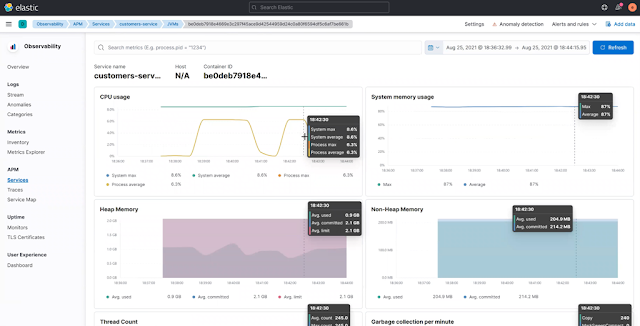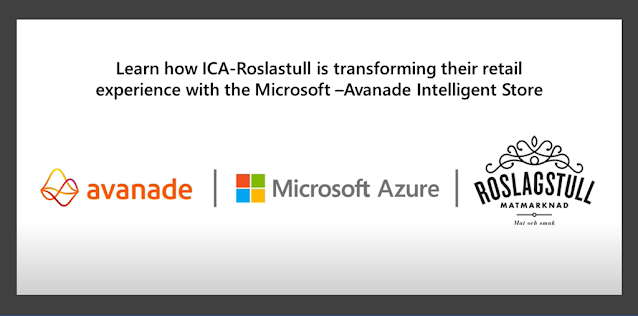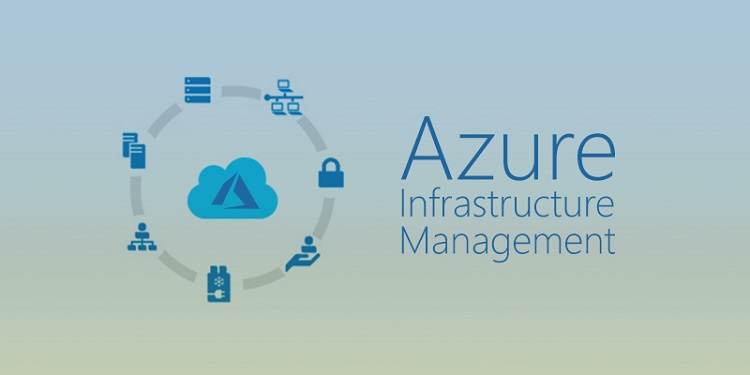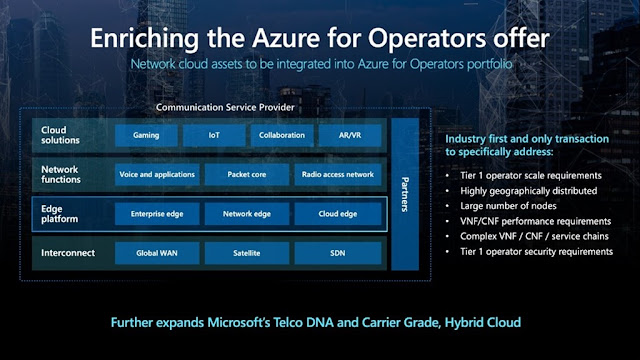We continue to innovate and add new capabilities to Azure Arc to enable new scenarios in hybrid and multicloud. We also want to provide our customers with the right guidance and best practices to adopt hybrid and multicloud technologies to meet their business needs. Today we’re launching the Azure Arc-enabled servers landing zone accelerator within the Azure Cloud Adoption Framework. The landing zone accelerator provides best practices, guidance, and automated reference implementations so that customers can get started with their deployments quickly and easily.
Azure Arc-enabled servers landing zone accelerator makes it easier for customers to increase security, governance, and compliance posture on servers that are deployed outside of Azure. Along with Azure Arc, services such as Microsoft Defender for Cloud, Azure Sentinel, Azure Monitor, Azure Log Analytics, Azure Policy, and many others are included in the reference implementations that can then be extended to production environments.
Design areas within the landing zone accelerator
The Azure Arc-enabled servers landing zone accelerator enables customers’ cloud adoption journey with considerations, recommendations, and architecture patterns most important to customers. For deploying Azure Arc-enabled servers in the most recommended way, we created a set of seven critical design areas. Each of these specific areas, walks customers through a set of design considerations, recommendations, architectures, and next steps:
◉ Identity and access management
◉ Network topology and connectivity
◉ Resource organization
◉ Governance and security disciplines
◉ Management disciplines
◉ Cost governance
◉ Automation disciplines
Automation for landing zone accelerator
Azure Arc landing zone accelerator uses the sandbox automation powered by Azure Arc Jumpstart, for reference implementations. Since launching 18 months ago, Azure Arc Jumpstart has grown tremendously, with more than 90 automated scenarios, thousands of visitors a month, and a vivid open-source community sharing their learnings on Azure Arc. As part of Jumpstart, we developed ArcBox, an automated sandbox environment for all-things Azure Arc, deployed in customers’ Azure subscriptions.
Here’s what Kevin Booth, Principal Cloud Architect at Insight, a technology provider, had to say about Jumpstart—“The Azure Arc Jumpstarts have proven invaluable to us at Insight in familiarizing our people and our clients with Azure Arc’s use cases, feature set, and capabilities. We at Insight have taken the Jumpstart scenarios and integrated them into our own IP to help accelerate implementation to more rapidly onboard customers, in a best practice manner.”
For the Azure Arc-enabled servers landing zone accelerator, we developed the new ArcBox for IT Pros, which will act as the sandbox automation solution for Azure Arc-enabled servers with services like Azure Policy, Azure Monitor, Microsoft Defender for Cloud, Microsoft Sentinel, and more.
This provides customers with a comprehensive experience that can just be deployed and have a fully operational Azure Arc-enabled servers environment.




























